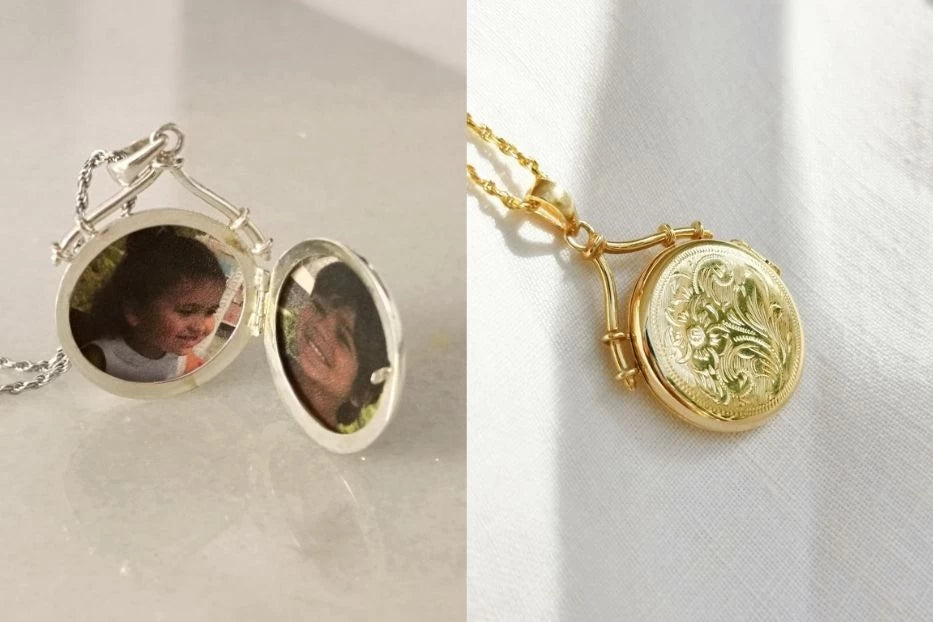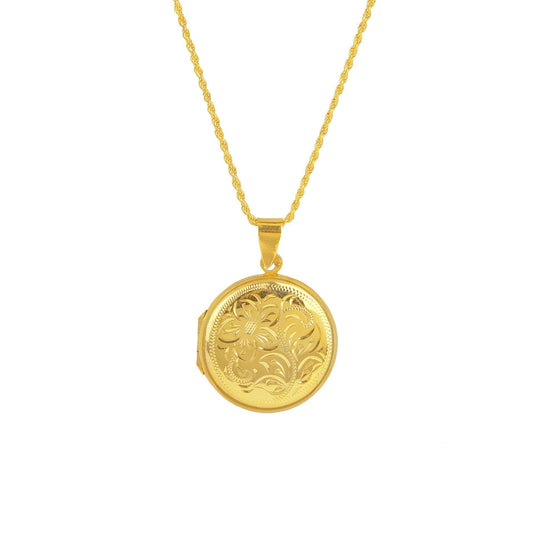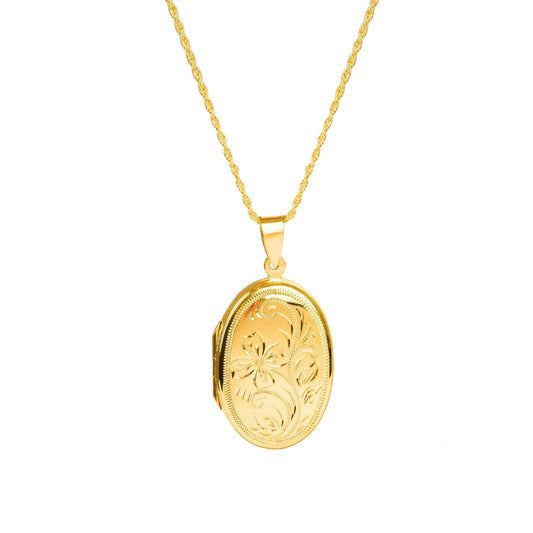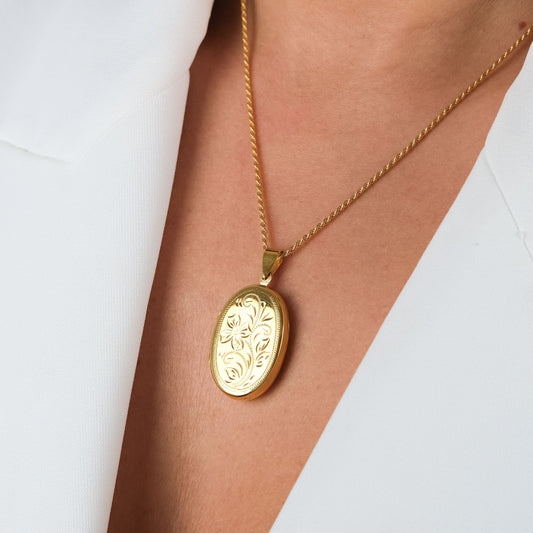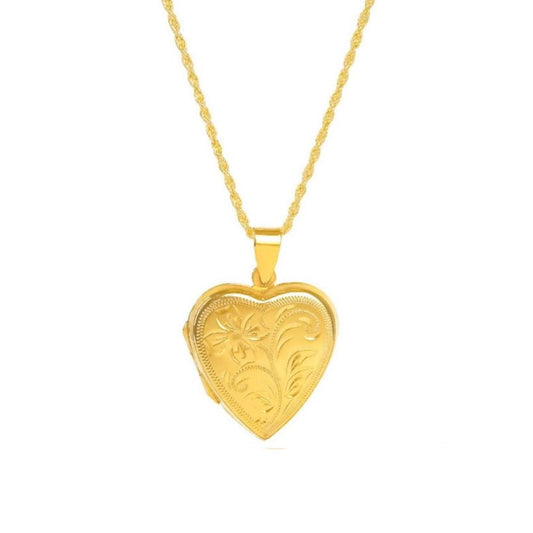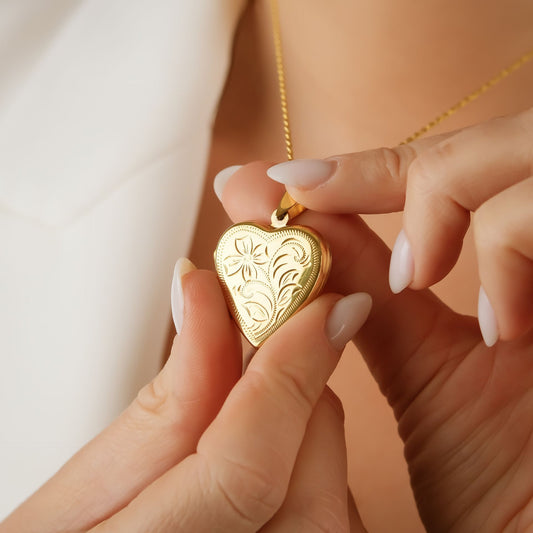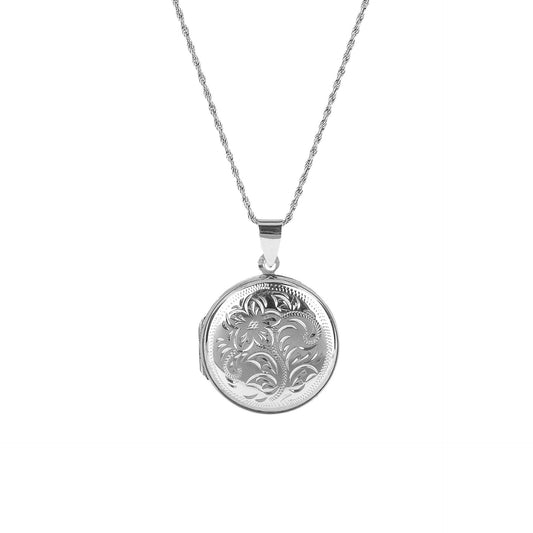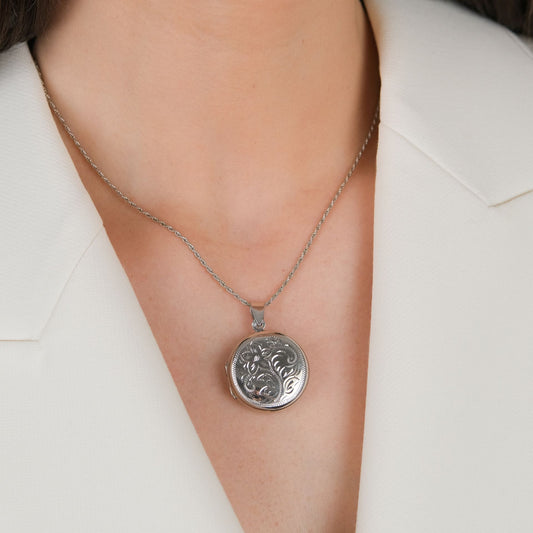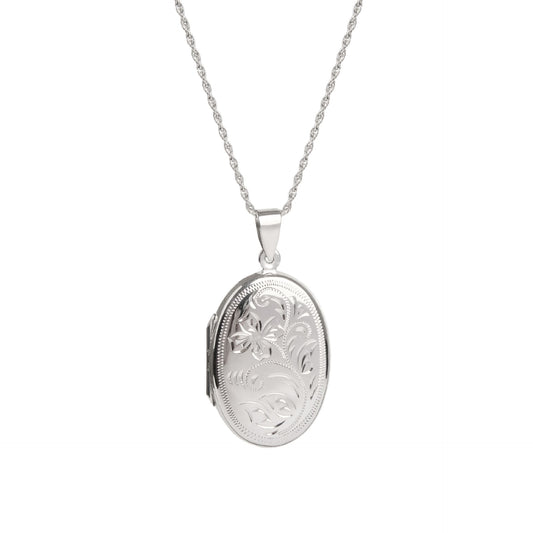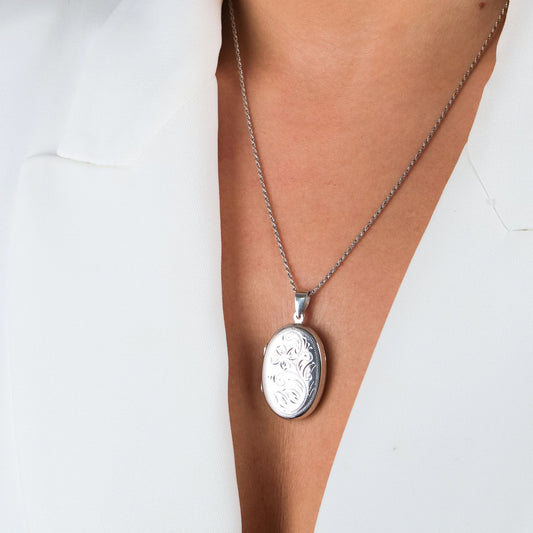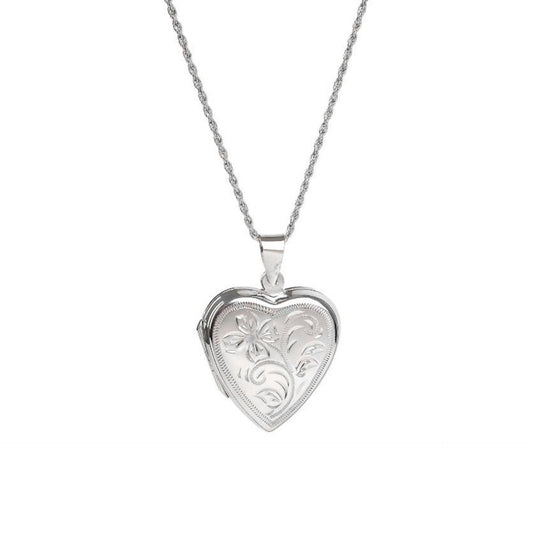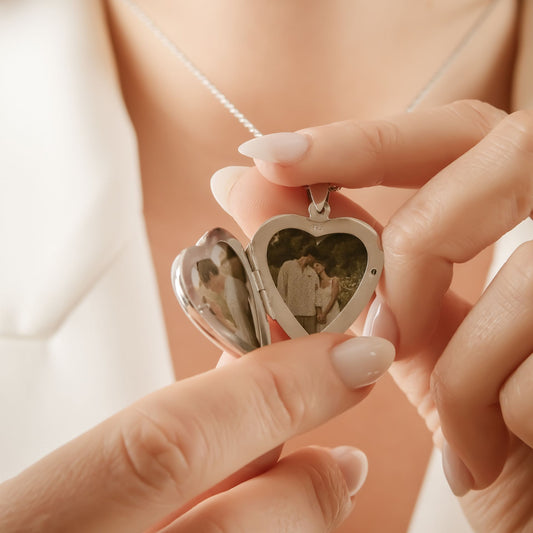History of Memories Necklaces
Do you know the history behind these, which are one of the most traditional pieces of Portuguese jewelry?
Also known as reliquaries, memory necklaces are a type of jewelry made up of a small compartment, more or less hidden, where the relic is kept.
When we hear this term, relic, we tend to make a religious connection: a piece of bone from such a saint, a thorn from the crown used in the crucifixion of Christ, etc. But a relic can be whatever we want, an object on which we place our devotion, our affection and love, in short, a treasure.
These necklaces have a long history
This creation is not new. We are aware of pieces like these dating back several thousand years. But those that ended up being fixed in our imagination were bequeathed to us by the Victorian era (19th century), especially lockets. The hidden compartment allowed the jewelry wearer to place something that reminded them of the loved one, such as a lock of hair or a portrait of the loved one. In this way, its owner could simply hang it on a chain and always carry it to the chest, close to the heart.
These notions of remembrance became very popular among those in mourning, but also the ones in love. Exchanges of lockets with images, engraved or painted, of the loved one's face were common, especially in times of war: the young soldier about to leave for the battlefront offered his beloved a medallion so that she would not forget him, often with promises of marriage upon his return. Whereupon she would in return also give him a picture of her or an embroidered and scented handkerchief, with the promise that he would bring it back. Almost as if they were good luck charms.
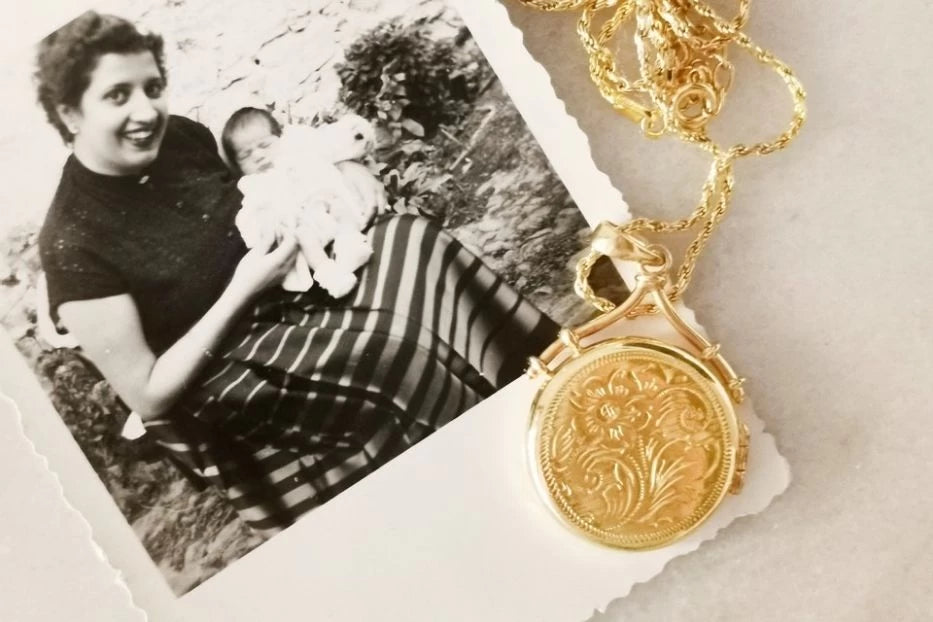
Memory necklaces in contemporary times
This romanticized story awakens in our memory others that, eventually, we will have heard from our parents and grandparents, especially for those who went through the war. The big difference is that, instead of painted portraits, the stories they told us referred to photographs.
The dissemination and evolution of this new technique allowed even the most humble people to acquire a souvenir of those who were most dear to them without having to resort to an engraver or a painter, who would necessarily charge more than the local photographer.
But these examples of memories are not exhausted with images of the widow or the soldier. Let us also remember the mothers who brought, as some still do, the portraits of their children around their necks or the gentlemen with the portraits of their first love, but in this case on watch chains. And the satisfaction of knowing that memory was theirs alone, as it was protected inside the locket, away from the public eye, like a relic.
Memória necklaces
Discover our MEMÓRIA NECKLACES, a selection of jewels full of symbolism, engraved with floral designs by our artisans.


